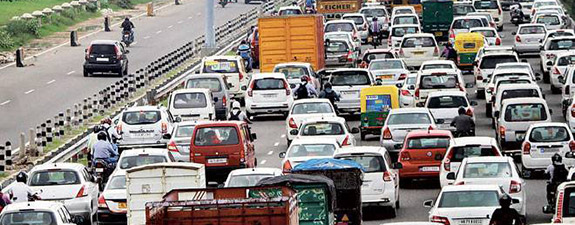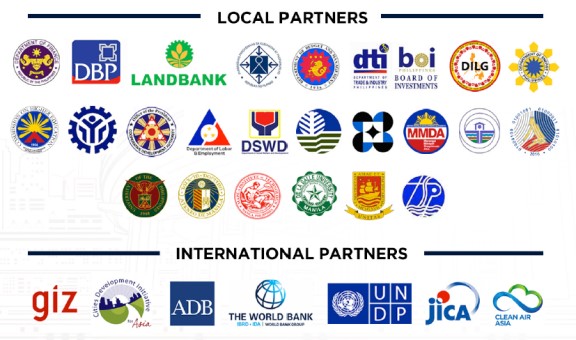
Here is the fourth and final part of the PUV Modernization plan as proposed by the Department of Transportation, and related agencies such as LTFRB and DILG. The office had recently taken the Session 2 Workshop of the LPTRP wherein the compositions of the plan document were discussed in detail. I might need to have a separate blog post for that. Anyhow,
Special Loan Program – Land Bank & DBP
Financial Viability
20% Increase in Vehicle Capacity
From the current 16-18 passengers, the new units can accommodate 22 passengers, some units with
provision for standing passengers. Increase in capacity entail an increase in income.
43% Decrease in Fuel Expenses
Improved Fuel Economy, from the current 5.70km/L to 10.05km/L for the new Euro4 units.
Efficiency Savings Due to Rationalized Routes
Determining Routes and the appropriate number of units based on passenger demand.
Efficiency Savings Due to Industry Consolidation
1.Organized Dispatching System and Fleet Management
2. Consolidation allows spreading of Capital Expenses and Operating Expenses as well as the Maintenance Costs.
3. Consolidated entities can access discounts in fuel and spare parts
Vehicle Useful Life Program
Objective: To ensure that the old public utility vehicles are surrendered and effectively scrapped.
Old PUV –> Scrapping Facility (Regional) –> Additional Financing
Inter-Agency Program
Supporting policies on roadworthiness. – DOTr, LTO, LTFRB, DTI
Blacklisting of the chassis and engine – DOTr, LTO, LTFRB
To assist in the accreditation process and monitoring of scrapping companies – DENR, DOST
All scrapping operations to be handled by the private sector.
Stakeholder Support Mechanism
Driver’s Academy to be implemented by LTFRB in cooperation with LTO and TESDA
o Public transport drivers need to be certified with NC3
TESDA training programs to be availed of:
o Mechanics Training
o Customer Service Officer
o Fare Collection Staff (fare card selling and reloading)
o Safety Inspector
Other Programs to be linked:
o DOLE’s DILEEP (Integrated Livelihood & Emergency Employment)
o DSWD Sustainable Livelihood Program
o DTI’s Microfinance/SME Devt
Communication

Over-all Implementation Plan

Partners of the PUV Modernization Program

Benefits of the Program
Congestion reduction esp. in highly urbanized areas:
Before: Traffic, Disorganized, competitive
After: transit oriented, order, more mobility options; time savings; vehicle operating cost savings.
Improved public transport level of services, passenger and commuter welfare
Before: unsafe, uncomfortable, unreliable, difficult to access with most commuters complaining. Air pollution and health hazards.
After: Safe, efficient, comfortable, environment-friendly, Clean Air Act compliant vehicles, Rationalized routes, Intelligent Transport system
Improved welfare for the transport sector
Before: Drivers subjected to health risks, cash=strapped, untrained, tied with the boundary system
After: Adequate training, assured of regular income, improved fleet management and safety, access to credit facilities and financing, shared operating and maintenance costs.
PUV Modernization will engage the local manufacturing industry creating more jobs/employment.
The modernized fleet will produce significantly less carbon dioxide and particulate matter emissions thereby reducing both environmental and social costs (health).
